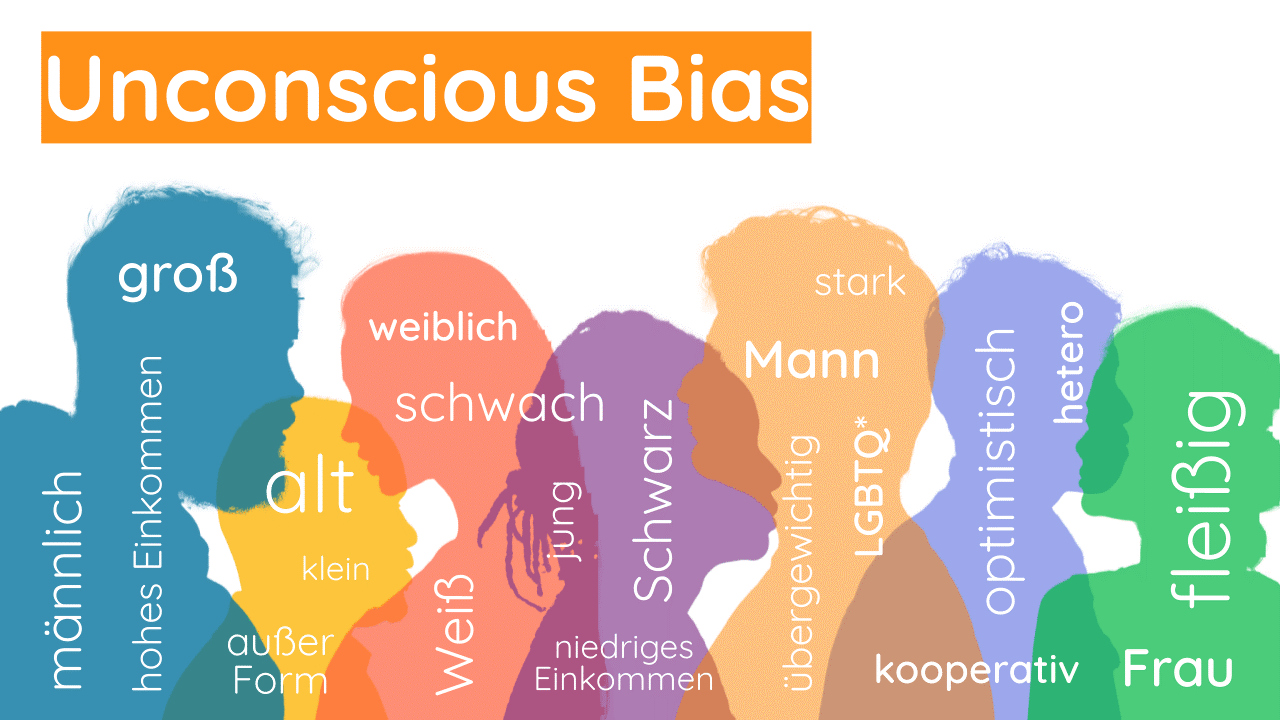Unconscious bias is a big issue in American workplaces today. It impacts hiring decisions, promotions, and the overall culture of the workplace. Unconscious bias happens when people hold certain attitudes or stereotypes towards others, without being aware of it. Unconscious Bias Workplace Training has become an increasingly popular solution to this issue, but not all training programs are created equal. In this post, we will explore the importance of unconscious bias training and how to cultivate a more inclusive American workforce.
Unconscious Bias in the Workplace
Unconscious bias in the workplace is crucial for fostering a more inclusive and diverse workforce. Unconscious biases are deeply ingrained stereotypes, attitudes, and beliefs that we hold unconsciously and can impact our decision-making processes without us even realizing it. These biases can influence how we perceive and interact with others, leading to unfair treatment, limited opportunities, and a lack of diversity within organizations.

Impact of Unconscious Bias on Diversity and Inclusion
Unconscious bias can have a profound impact on diversity and inclusion efforts within the American workforce. Here are some impacts of unconscious bias:
- Unconscious bias can manifest in various ways. For example, hiring managers may unknowingly favor candidates who resemble themselves or fit a certain stereotype, resulting in a lack of representation for underrepresented groups
- Unconscious bias also affects workplace dynamics and employee engagement. When individuals feel excluded or undervalued due to biases, it creates a hostile environment that hinders collaboration, innovation, and overall productivity.
- Recognizing and addressing unconscious bias is crucial for cultivating a more inclusive American workforce. By raising awareness and providing unconscious bias workplace training, organizations can empower employees to challenge their biases, foster empathy and understanding, and make equitable decisions.
- Tackling unconscious bias requires a collective effort from both individuals and organizations. It calls for ongoing education, open dialogue, and a commitment to creating a workplace culture that values diversity and fosters inclusivity.
Need for Unconscious Bias Workplace Training
- Unconscious bias refers to the deeply ingrained stereotypes and prejudices that affect our judgments and decision-making processes without our conscious awareness.
- Recognizing the need to address unconscious bias in the workplace, organizations are increasingly turning to unconscious bias workplace training.
- By investing in unconscious bias workplace training, companies demonstrate their commitment to fostering a more inclusive and diverse workforce.
- Unconscious bias workplace training goes beyond simply checking a box for diversity and inclusivity initiatives.

Objectives and Goals of Unconscious Bias Training
Unconscious bias training programs serve as a crucial tool in cultivating a more inclusive and diverse American workforce. These programs are designed with specific key objectives and goals in mind, aiming to address and mitigate the impact of unconscious biases that can hinder equality and fairness in the workplace.
- Awareness: One of the primary objectives of unconscious bias training is to create awareness among employees about the existence and implications of unconscious biases. By fostering a deeper understanding of how biases can shape perceptions, judgments, and decision-making processes, individuals can begin to recognize their own biases and challenge them.
- Decision-Making: Another important goal of these training programs is to enhance empathy and empathy-based decision-making. By understanding and acknowledging the experiences and perspectives of others, employees can develop a greater sense of empathy, leading to fairer and more inclusive practices.
- Tools and Strategies: Unconscious bias training also aims to provide practical tools and strategies for mitigating biases in the workplace. This may include techniques for interrupting biases in real-time, fostering inclusive communication, and promoting diversity in hiring and promotion processes.
- Accountability and Responsibility: A key objective of unconscious bias training is to foster a sense of accountability and responsibility among employees. Through open and honest discussions, individuals are encouraged to take ownership of their biases and actively work towards addressing them.
Impact of Unconscious Bias Training
Measuring the success and impact of unconscious bias training is crucial to understanding its effectiveness in cultivating a more inclusive American workforce. There are several key indicators that can help gauge its impact:

- It is important to track changes in employee behavior and attitudes. This could be done through surveys or interviews conducted before and after the training.
- Evaluating the demographics of the workforce before and after the training can indicate whether there has been an increase in diversity, especially in leadership positions.
- Analyzing employee retention and engagement rates can provide insights into the long-term impact of unconscious bias training.
- Feedback from employees is crucial in assessing the effectiveness of unconscious bias training. Conducting post-training surveys or focus groups can help gather firsthand experiences and opinions about the training.
Conclusion
In conclusion, creating a culture of inclusivity and diversity in the workplace is not only the right thing to do, but it also brings numerous benefits to organizations. By implementing unconscious bias workplace training, establishing clear policies, and fostering inclusive leadership, organizations can cultivate a workforce that thrives on diversity, equality, and mutual respect. Together, we can build a more inclusive and prosperous future for all facilitated by the training courses provided by American Diversity Initiative.

